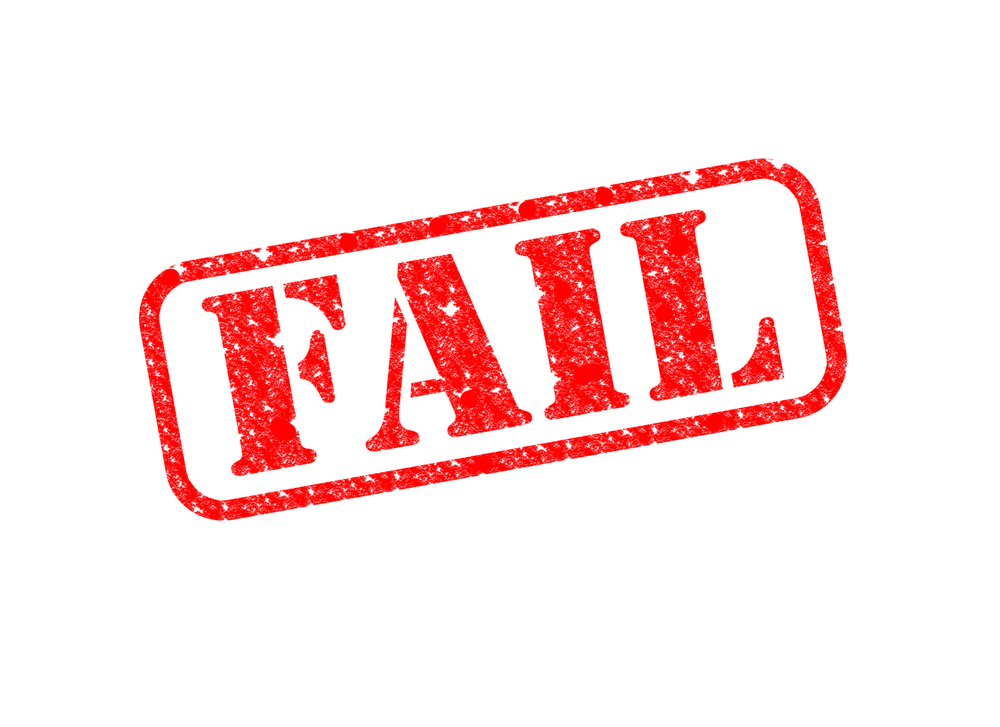When a new product launches and takes an industry by storm, it usually stirs up quite a bit of news. As a result, even those consumers who don’t purchase the product are aware of it. The reality is, however, that there are many more product launches that fail than those that succeed. In fact, 66 percent of new products fail within two years and, for most of those ventures, the public isn’t even aware the launch took place.

A few new products, however, have entered the market with such spectacular failure that their stories stand the test of time. Here are a few examples of the worst products launches ever and how your company can avoid joining the list:
Ford Edsel
The Ford Edsel was such a disaster that future failed product launches came to be known as “Edsels.” Historians cite several reasons for the flop, but poor marketing is generally thought to be the biggest culprit. Ford hyped and touted the car as the automobile of the future, but it showed only glimpses of it in advertisements and never tested it with consumers. When Ford finally released the new model, Americans felt it was nothing special and that essentially, they had been duped. The company had relied too much on promotion and not enough on market research. As a result, the Edsel was released to the public in September of 1957 and by 1959, production was shut down for good.
Cocaine Energy Drink
The Energy drink market has exploded in recent years. In 2013, Red Bull alone sold an astonishing 5.3 billion cans. Redux Beverages, however, did not enjoy that same kind of success after deciding to name its product—which contained more than three times as much caffeine as Red Bull—after a lethal street drug. The FDA pulled Cocaine off shelves in 2007 after declaring Redux was illegally marketing the drink. If the company had it to do over again, it would probably choose a different name, or at least consult a brand expert that could have seen problems coming a mile away.
Harley-Davidson Cologne and Perfume
In 2000, the iconic motorcycle company decided to enter the fragrance business with disastrous results. The company badly misjudged its customer base as a group that would be interested in regularly buying cologne and perfume. As a result, sales were sluggish and the company’s brand image suffered among its loyal fans. Recognizing it had gotten caught in a classic case of brand overextension, Harley-Davidson soon returned to selling its tried-and-true products.
You Can Avoid These Mistakes
In all the above cases, and across a variety of product launch failures, brands made critical marketing misjudgments that cost them dearly. If your organization has a new launch on the horizon, it may be wise to team with a content strategy vendor that can help you formulate and flawlessly execute a go-to-market plan. For example, Content Boost’s newest offering, Product Boost, is a three-month custom content blitz campaign that provides your business with a fail-proof marketing and product strategy as well as SEO-driven marketing copy. Are you intrigued? Click here to learn more about what this new program can provide your company.















